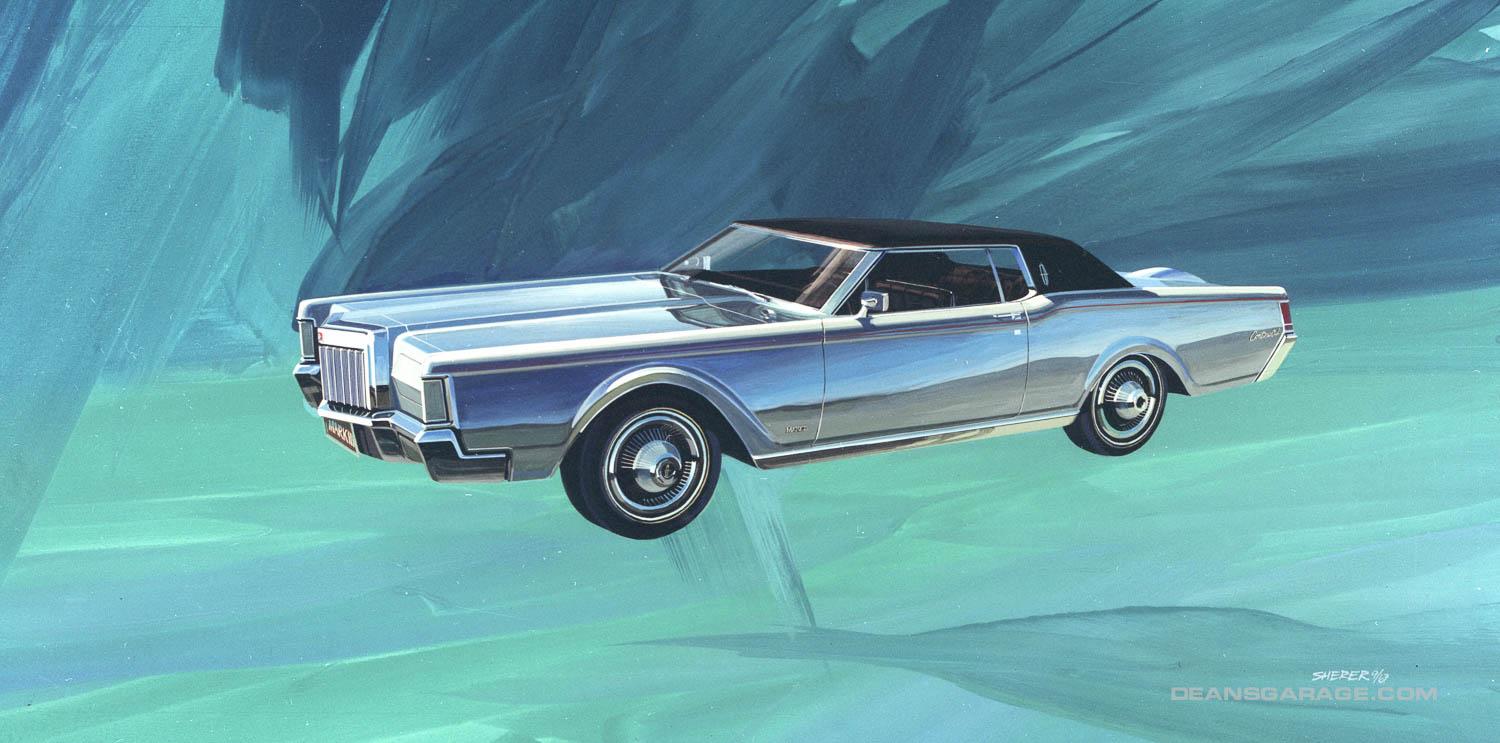
Lincoln Continental Mark III
By Jim and Cheryl Farrell
From 1958–66, the Thunderbird was marketed as a sporty, personal luxury car from Ford Motor Co. It sold well, and made Ford a lot of money, even as the niche market it discovered was joined by other manufacturers. In 1967, Thunderbird lost its way when it became just another not very sporty luxury car. Starting in 1967, you could even buy a 4-door Thunderbird! That same year, the Mercury Cougar entered the personal luxury car field. Next came the 1968-1/2 Lincoln Continental Mark III. The Cougar and the Mark III were both sporty, personal luxury cars, and although they covered the lower and higher ends of personal luxury car market, they were both from Lincoln-Mercury Division, not Ford Division as was the Thunderbird. Starting in 1967 or soon thereafter, Thunderbird took a back seat to both the Cougar and the Mark III.
The Mercury Cougar and the Lincoln Continental Mark III were both championed by Lee Iaccoca. In January 1965, he was placed in charge of development of all new Ford vehicles. Iacocca’s success with the Mustang led to his being named Ford’s executive vice president in charge of all cars and trucks. Iacocca felt the success of the Mustang increased Ford Division’s bottom line, and now he intended to devote his attention to increasing the bottom line at Lincoln-Mercury Division. There was a small problem however—L-M Division didn’t want his help.
Iacocca instinctively knew Ford owners weren’t moving up to Mercurys or Lincolns, but rather were moving on to Pontiacs, Oldsmobiles, Buicks, Chryslers, or Cadillacs. The Cougar and the Marquis were Iacocca’s effort to build Mercurys that appealed more to those Ford owners ready to become upwardly mobile car owners. After that, his attention focused on Lincoln.
On the surface, L-M and Ford Divisions were friendly competitors, but beneath the surface, L-M Division blamed its huge losses during 1958–60 on Ford Division’s Thunderbird. Starting in 1958, Lincoln was obligated to build its unibody, money-loosing “monster” at the same plant that built the low-slung and profitable unibody Thunderbird. As a result, many at L-M Division proposed building their own Lincoln personal luxury car. Before Iacocca came along, all of L-M’s personal luxury car proposals were turned down by Ford’s upper management because it meant producing a direct competitor to the Ford Thunderbird. In other words, before Iacocca, Ford Division had always been successful in stopping any in-house Thunderbird competitors.
Since 1948, Ford’s Design Center had generally been divided into Ford and Lincoln-Mercury studios plus some other supporting design studios. In 1965, after his appointment as executive vice president, Iacocca talked his friend Gene Bordinat, who was in charge at Ford’s Design Center, into letting him set up his own special design studio. Iacocca called his studio the Special Development Studio. The ostensible purpose of Iacocca’s new studio was to offer another choice to proposals developed for Fords, Lincolns and Mercurys. Iacocca was not a designer, but his Special Development Studio was supported by Bordinat and staffed with hand-picked designers. In reality the Special Development Studio designed any proposals Iacocca wanted, whether for an existing Ford car line or for some new proposal.
Designers who worked on Iacocca’s Lincoln personal luxury car were Dave Ash (studio head), Art Querfeld (exec), Jim Grey (manager), and designers Dick Schierloh, Darwin Hawthorne, Bob Kavelowski, Jerry Morrison and Rick Reed. Studio engineers were Jim Swanson and Ed Schwenk, and the primary clay modelers were Paul Gonzales, Art Karpelles, Sam Borg, Greg Arceri and Guiliano Zuccato. There were other designers assigned to a separate part of the Special Development Studio who were usually assigned to work on Iacocca’s Ford design proposals.
After the Cougar and Marquis designs were headed towards production, Iacocca told Bordinat and his Special Development Studio designers he wanted them to start designing a new personal luxury Lincoln using the platform, windshield, A-pillar, side glass, roof and door sheet metal from the Thunderbird. There was a problem, however. Even though development costs were much cheaper, L-M Division opposed Iacocca’s new Lincoln personal luxury car proposal because they saw it as a Thunderbird clone that would look like a Thunderbird clone. L-M wanted an entirely new but more expensive Lincoln personal luxury car. To avoid the infighting, Iacocca told designers working on his new Lincoln to tell anyone who asked—especially anyone from L-M Division—they were working on a future Thunderbird proposal. That ruse gave Iacocca and his designers a several months head start without divisional interference.
There were multiple problems in designing a Lincoln personal luxury car that looked distinct from its Thunderbird underpinnings. Raising the rear deck by 2-inches gave the car a hunched look Iacocca loved. Iacocca himself suggested using a stand-up Rolls Royce grille (designed by Hawthorne) and a Mark II spare tire on the rear deck (designed by Schierloh). Most designers initially thought Iacocca’s grille and rear deck suggestions were terrible, but changed their minds after the design was completed. Product planner Hal Spurlich suggested using the longer 4-door Thunderbird platform. Those changes made the Lincoln personal luxury car look different from the Thunderbird, enough so that Iacocca became so excited about the looks of his new Lincoln that he authorized new door skins for it.
L-M Division continued its opposition to Iacocca’s new Lincoln proposal, especially Iacocca’s design suggestions. They insisted on a marketing clinic to compare the original front and rear proposals with Iacocca’s old fashioned Rolls-Royce grille and Mark II rear deck. Not surprisingly, Iacocca’s proposals lost, but Iacocca again simply ignored L-M Division and the results of its marketing clinic. L-M engineers also proposed chopping 2-inches from the front of the car to give it better balance. Iacocca supported designers’ objections and the car stayed as designed, and was approved for production as is. By that time, Iacocca thought he had a winner on his hands, so he raised the sales price of the Mark III by an additional $1,000.
Just before production, Iacocca renamed Lincoln’s new personal luxury car the Continental Mark III instead of the Lancelot, the name given the car by L-M Division. L-M Division didn’t like it but Iacocca ignored the fact the name Mark III had already been used on a Lincoln in 1958. Awaiting introduction, the automotive press panned the Mark III, but Iacocca ignored them too. During its 3 1/2 year production run, over 79,000 Mark IIIs were sold, more than doubling projections and making a ton of money for Ford motor Co. By that time L-M Division and most critics decided they really liked Iacocca’s Mark III.
Designers liked and admired Iacocca. He had a huge ego, swore like a trooper, and stunk up the studio with his cigar smoke. But he also recognized designs that would sell, and he saw that designers who did good work were given credit and recognized for it.
Photos: Ford Design
Books by Jim and Cheryl Farrell
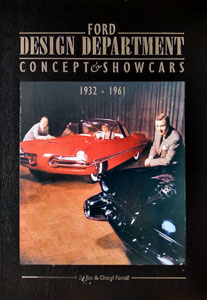
Ford Design Department—
Concepts & Showcars
1999, 10×13, 400 pages, Fully indexed
900 photos. Includes 150+ designers and sculptors, and highlights 100 concept cars.
ISBN 0-9672428-0-0
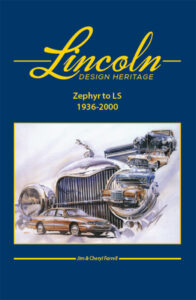
Lincoln Design Heritage:
Zephyr to LS (1936-2000)
2021, 10×13, 480 Pages, Fully Indexed
1,600 photos and illustrations
ISBN 978-0-9672428-1-1
The Ford book is $50 plus $7 S&H (US). The Lincoln book is $85 plus $10 S&H (US). Both books bought together are $110 plus $17 S&H (US). To order, email: cfarrell57@gmail.com

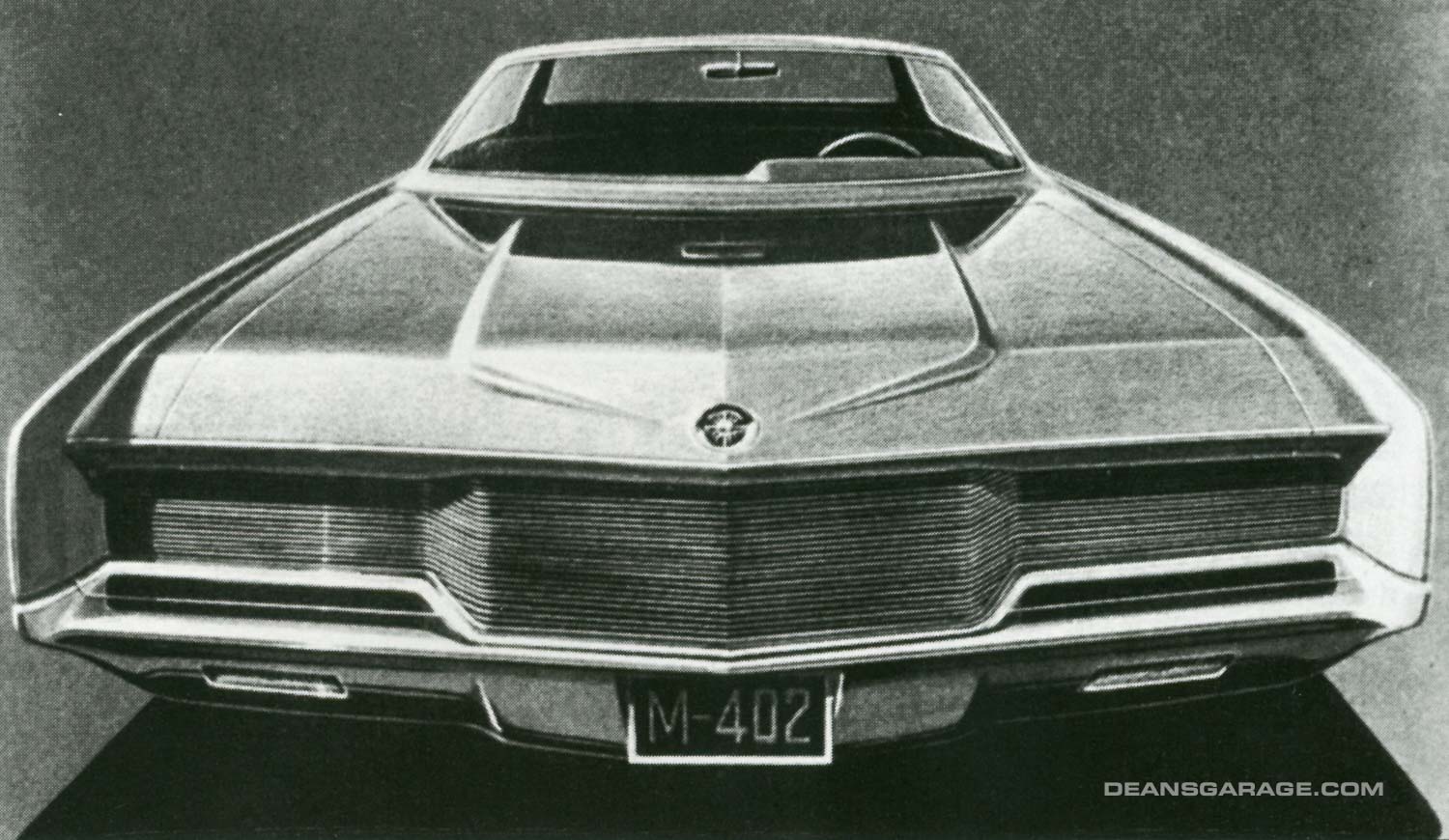
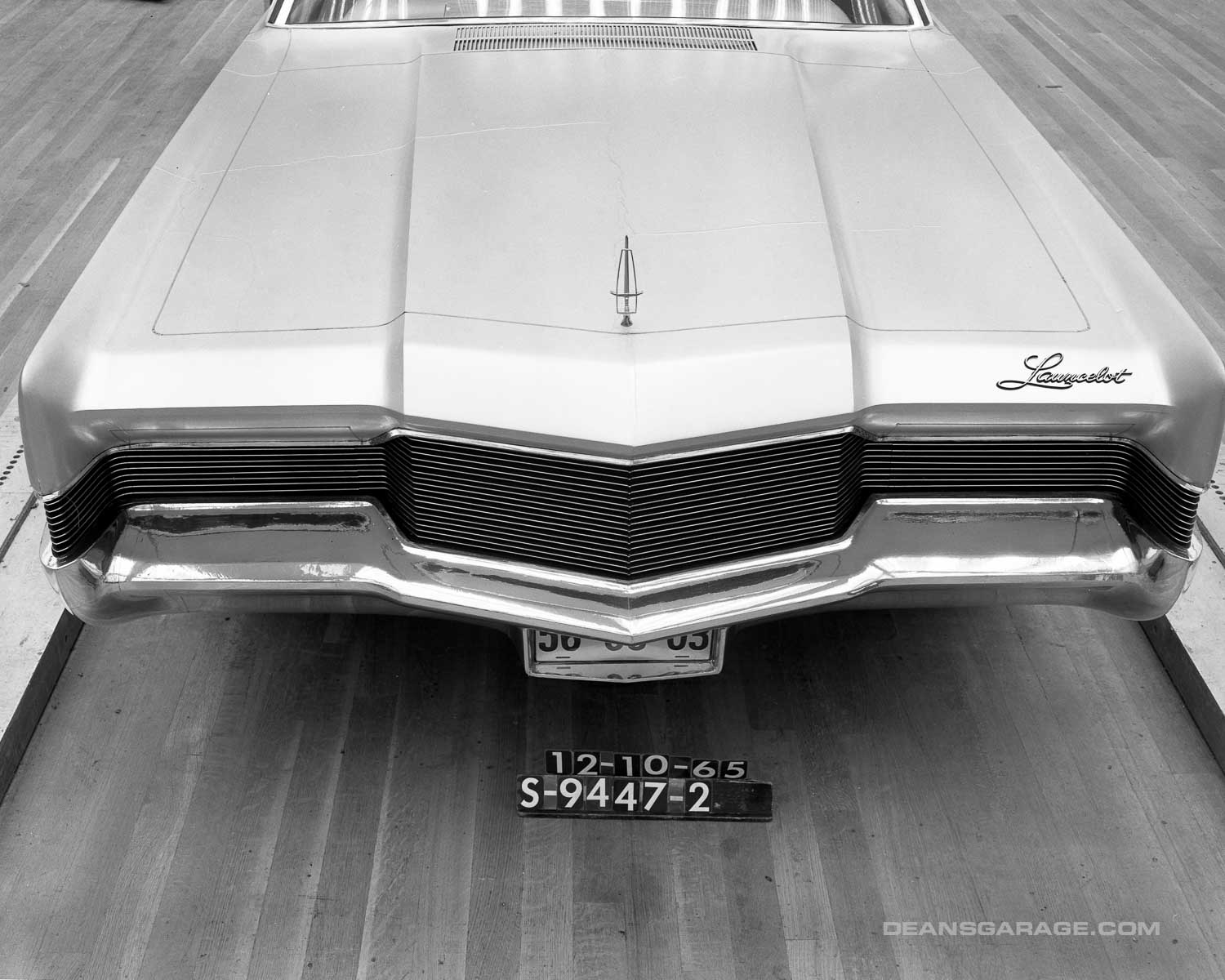

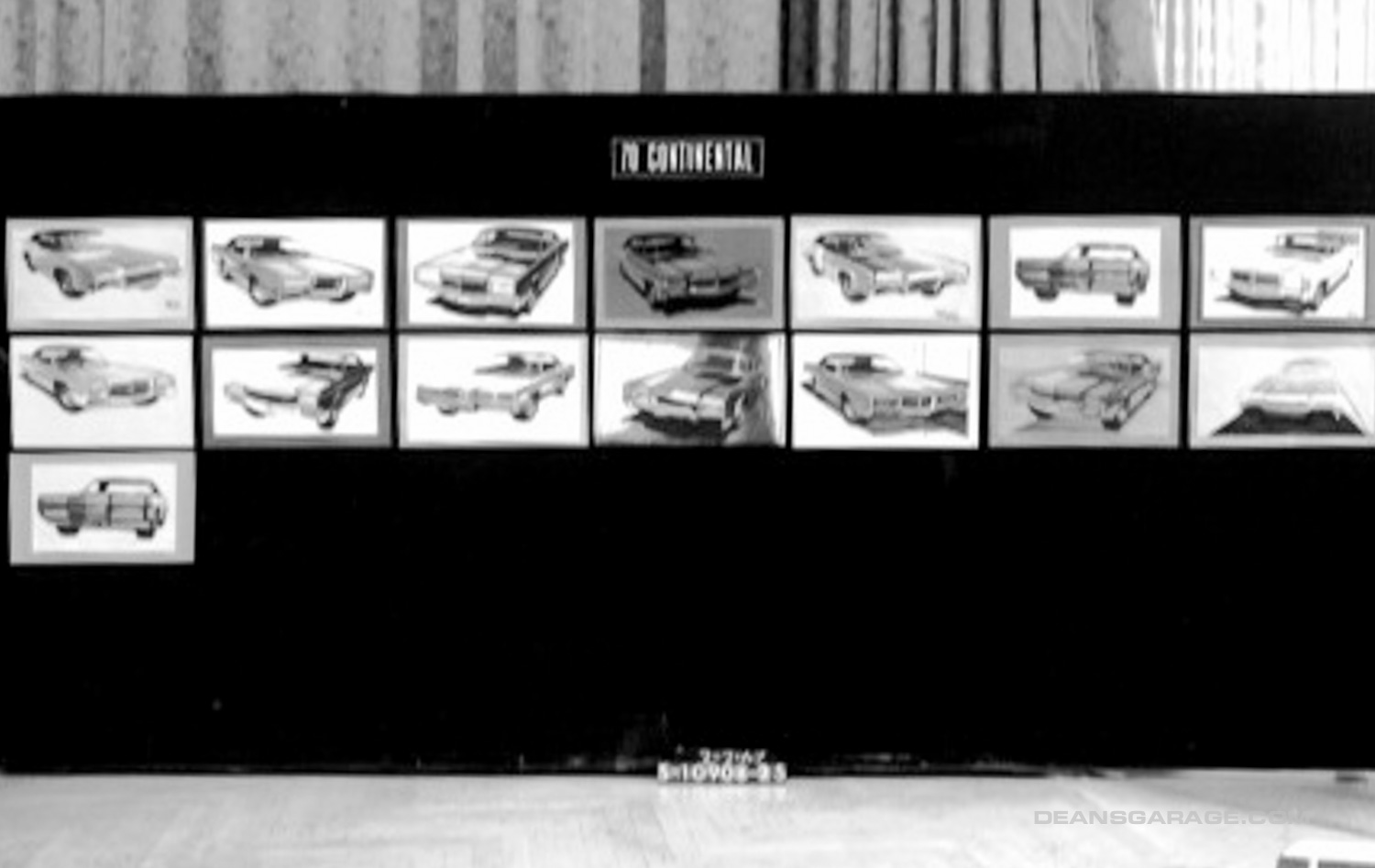
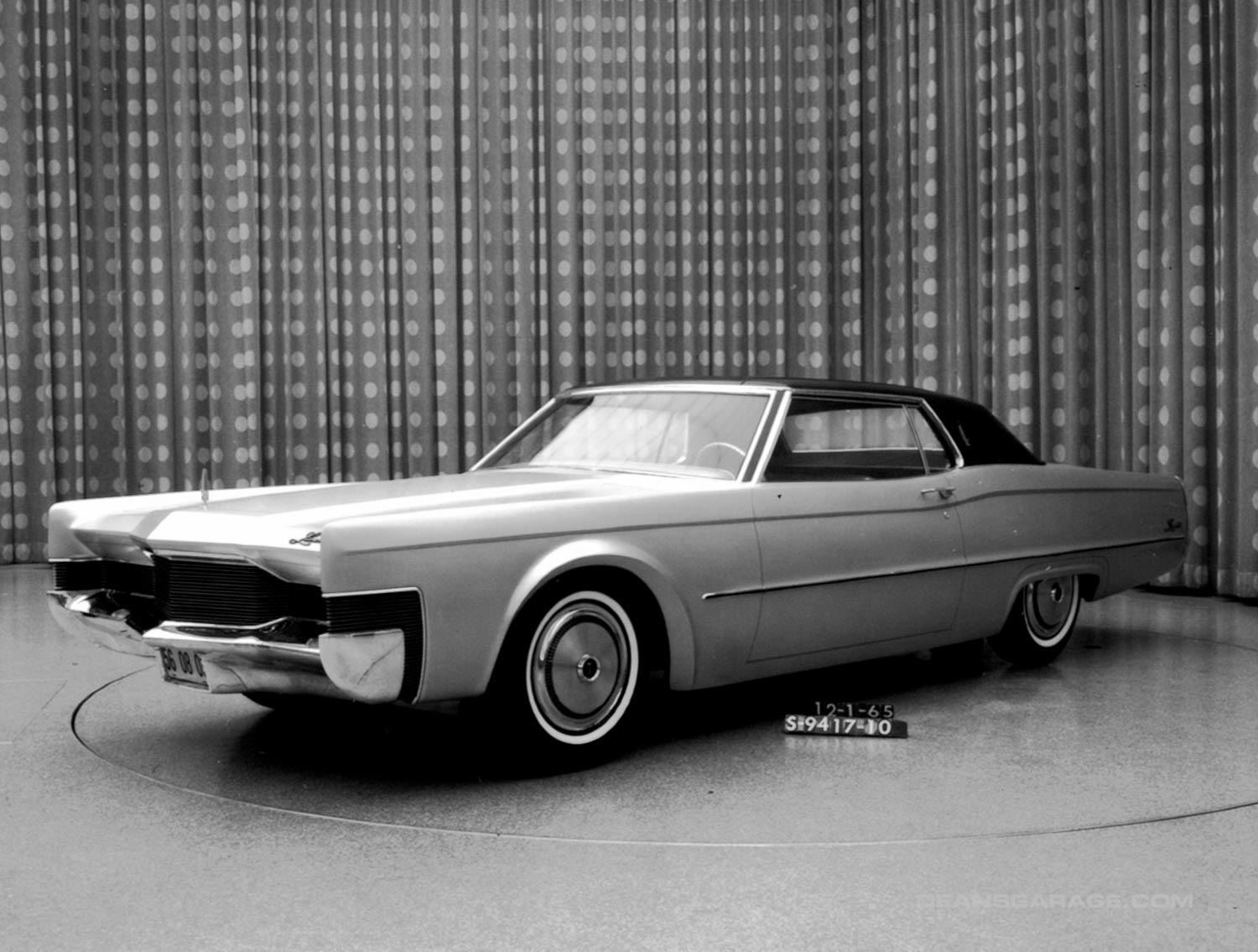
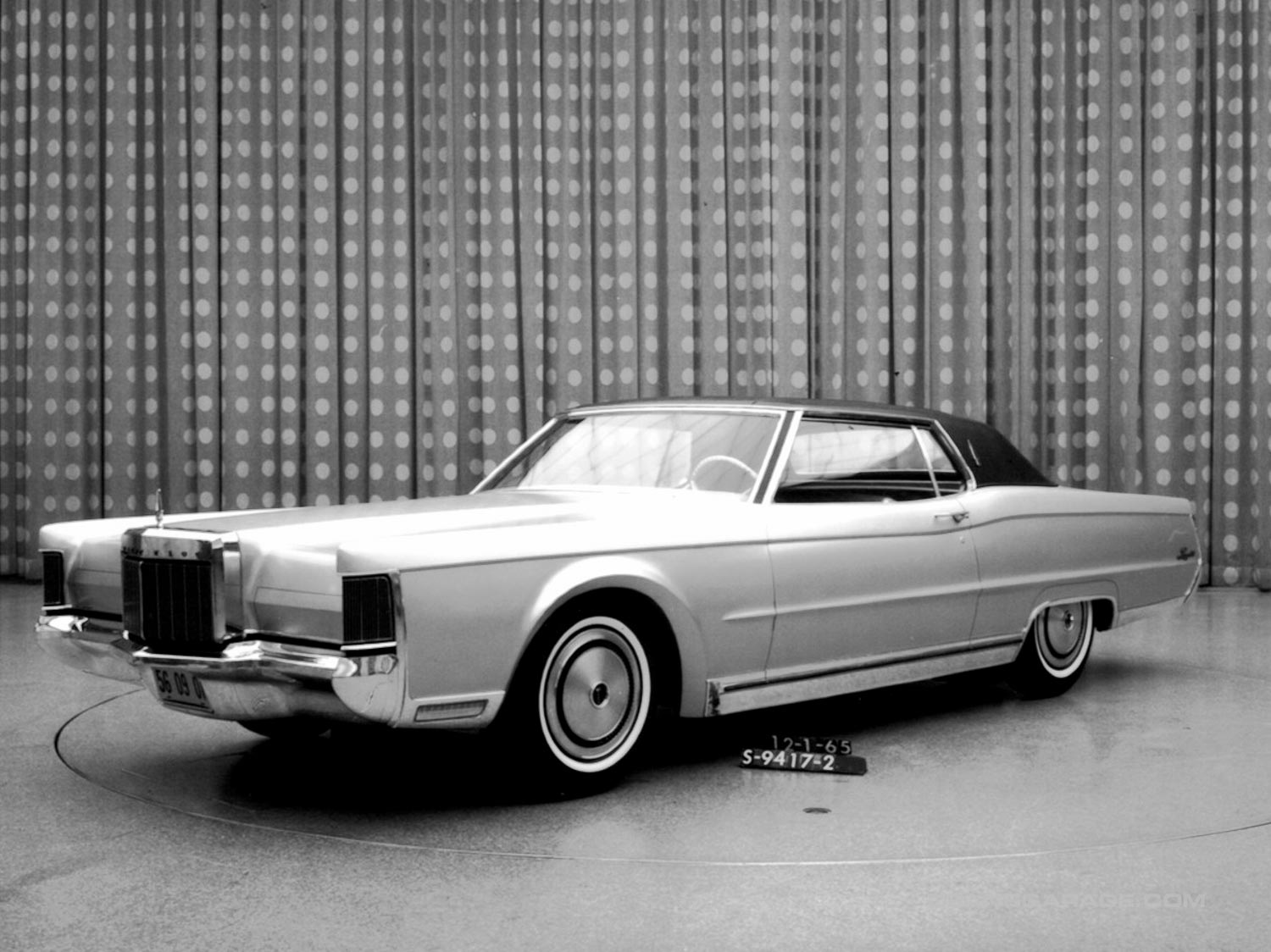
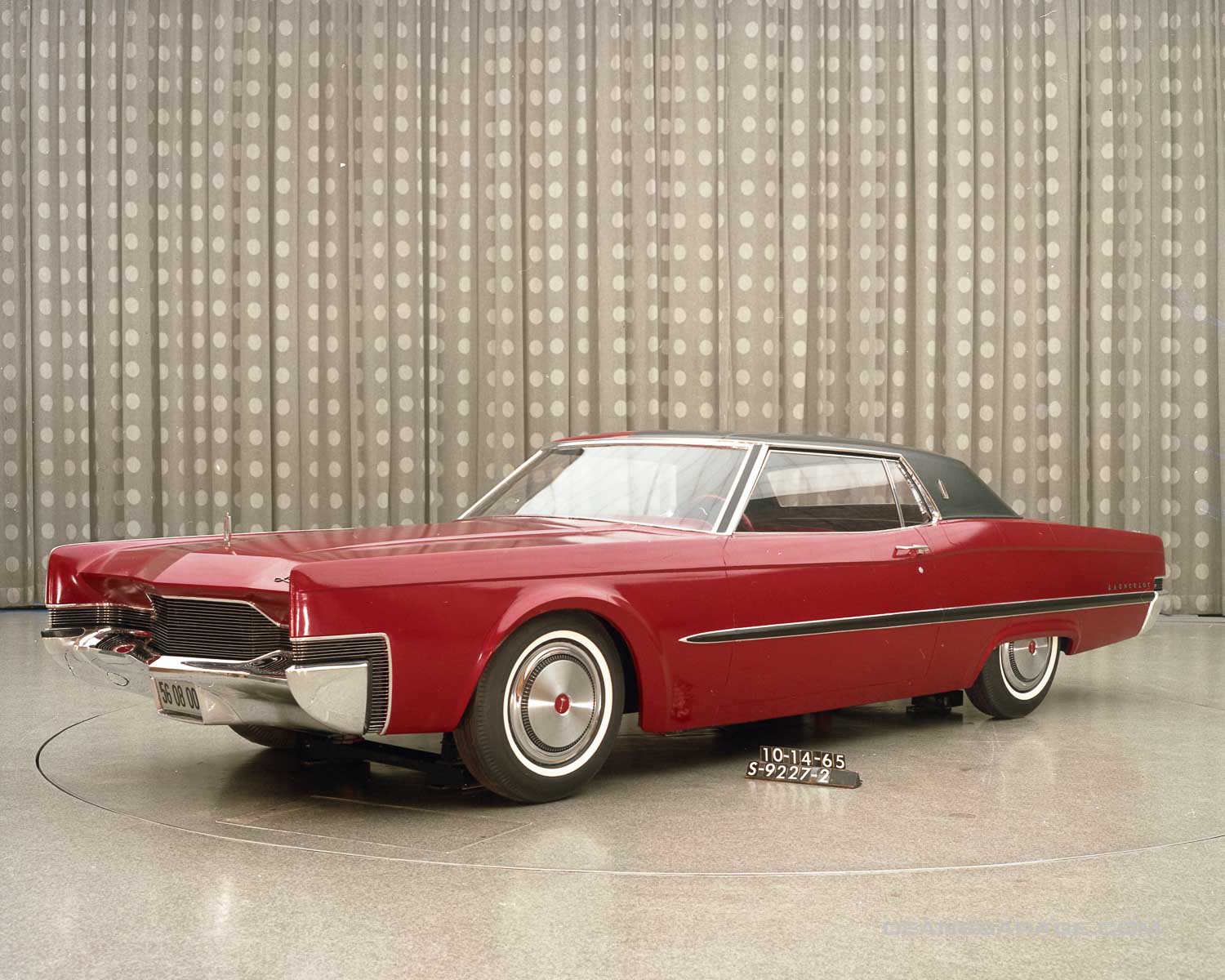
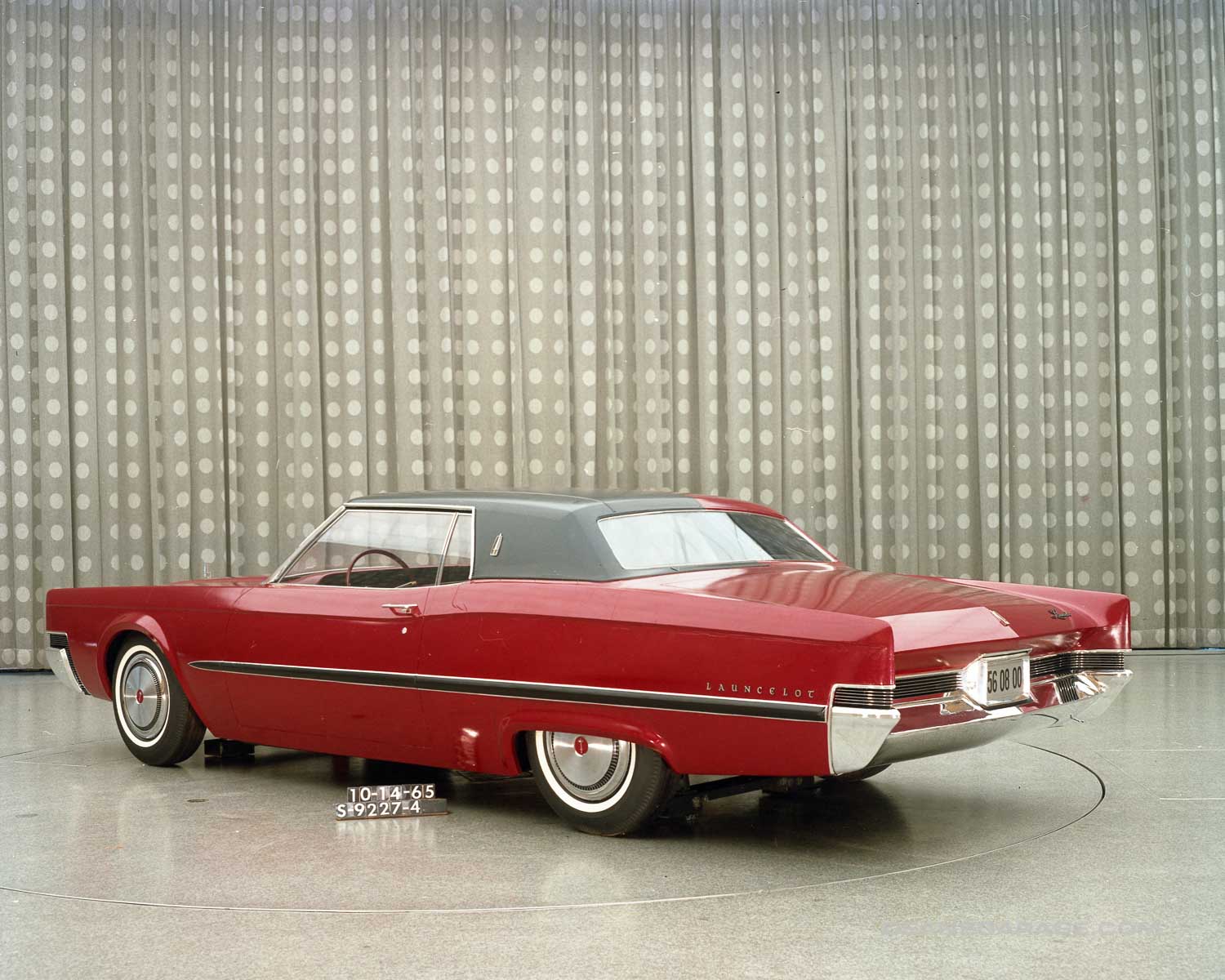
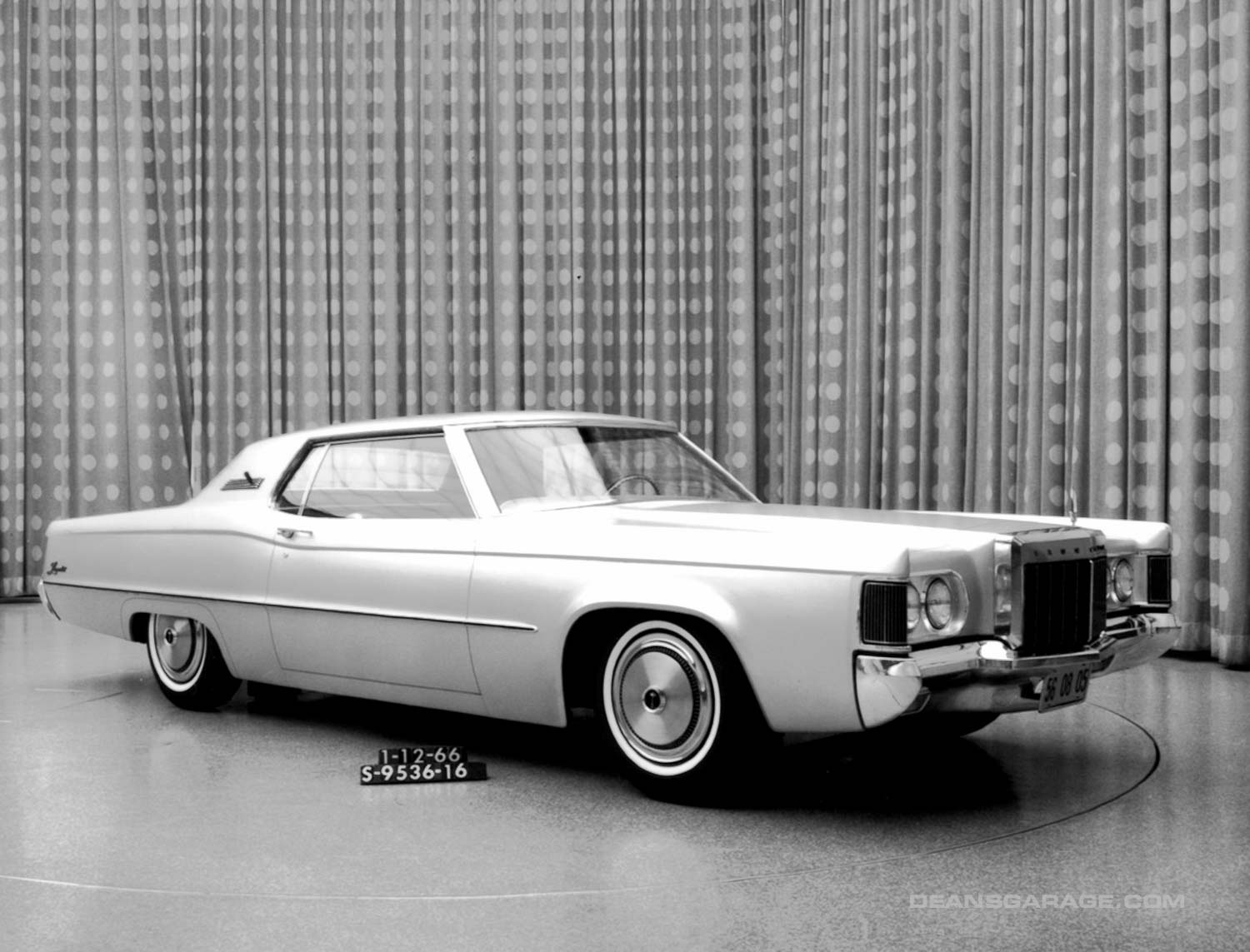
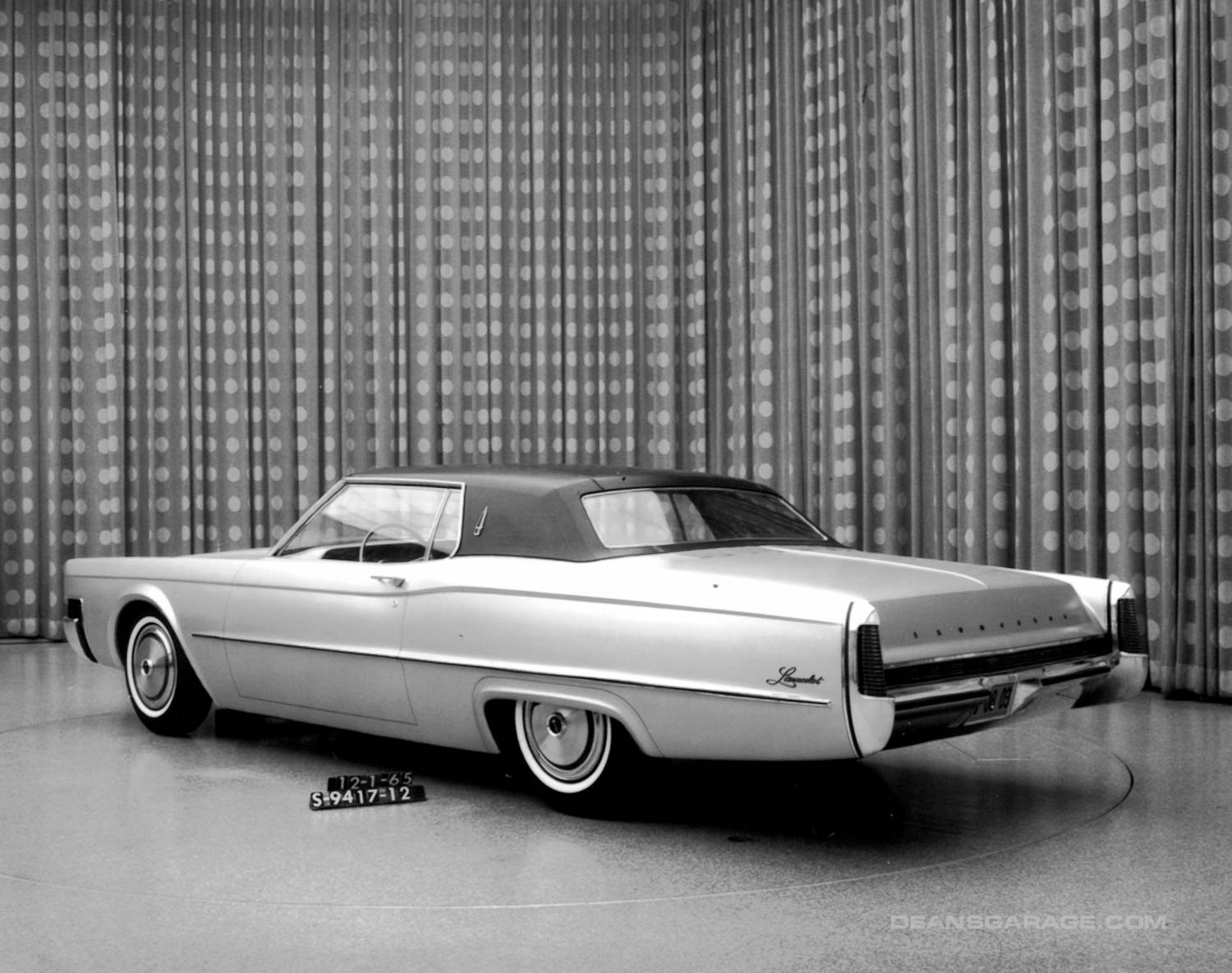
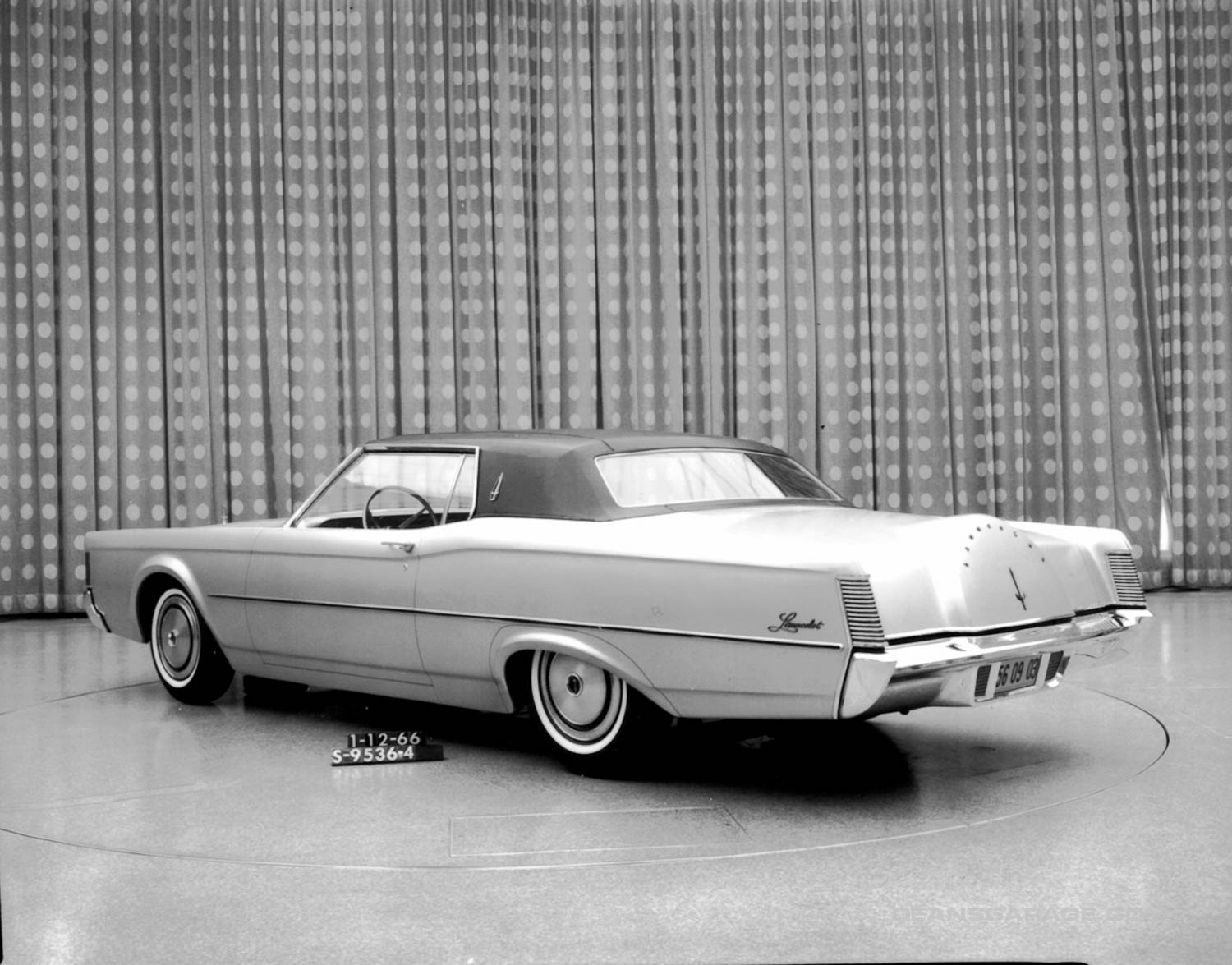

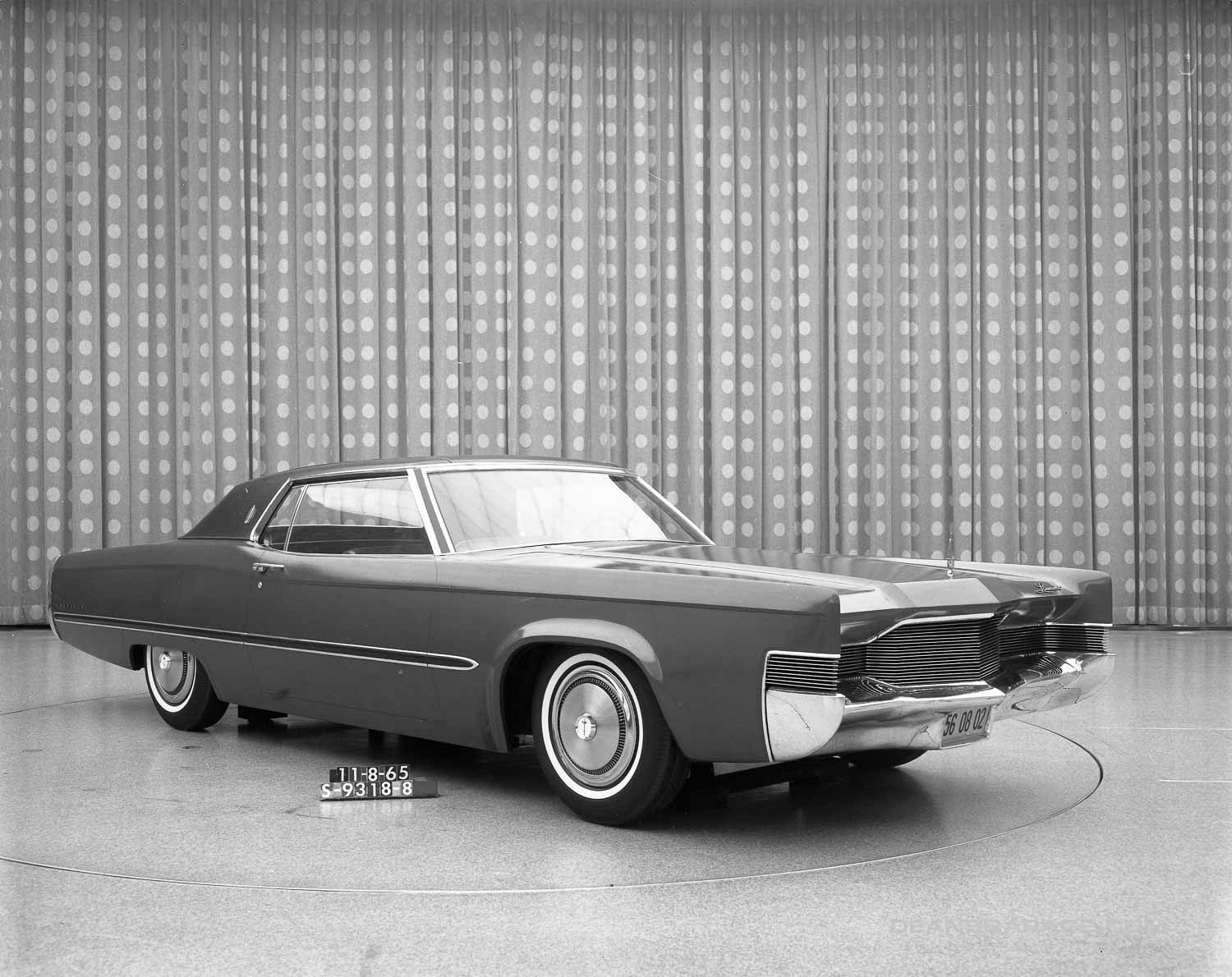
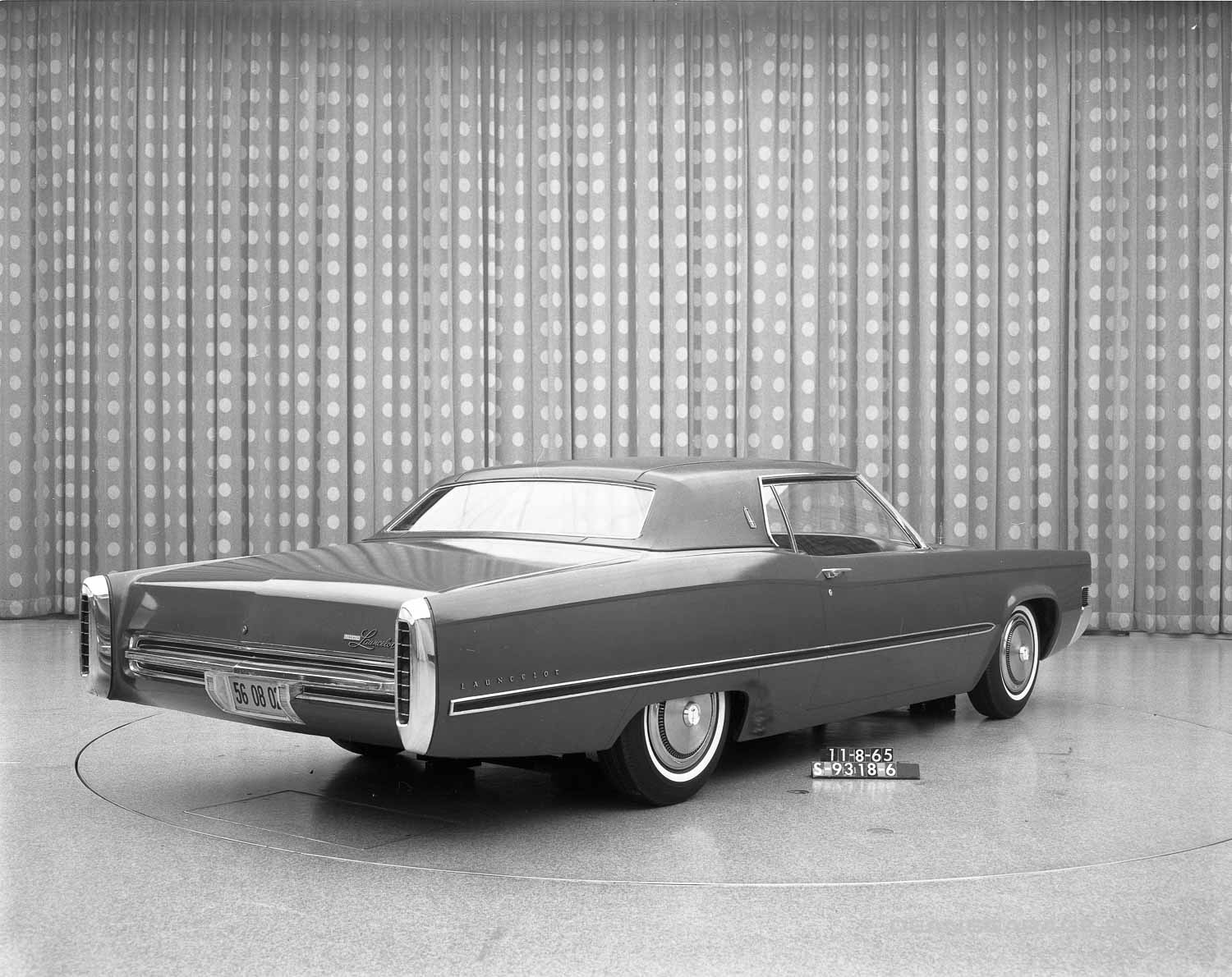
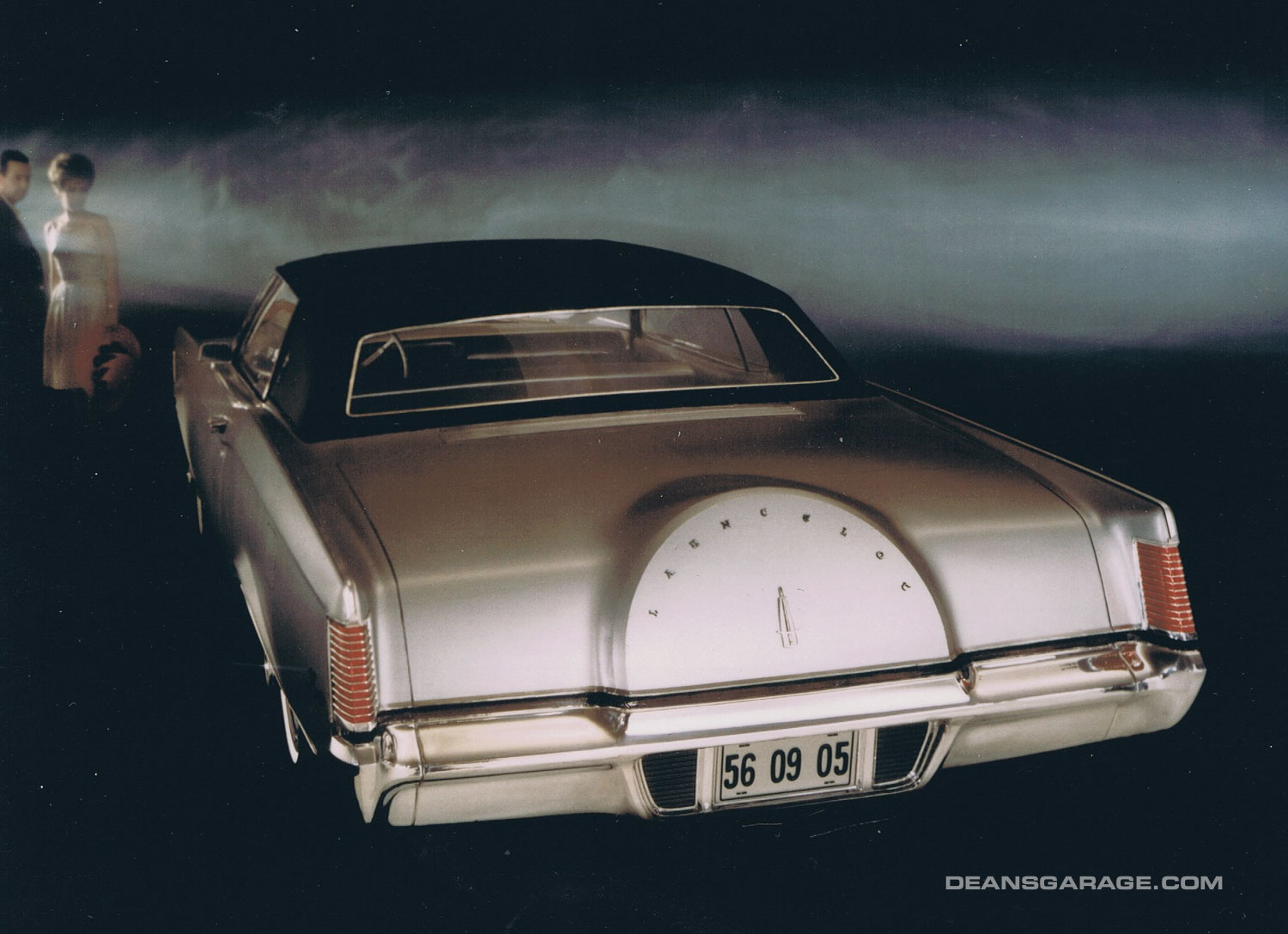
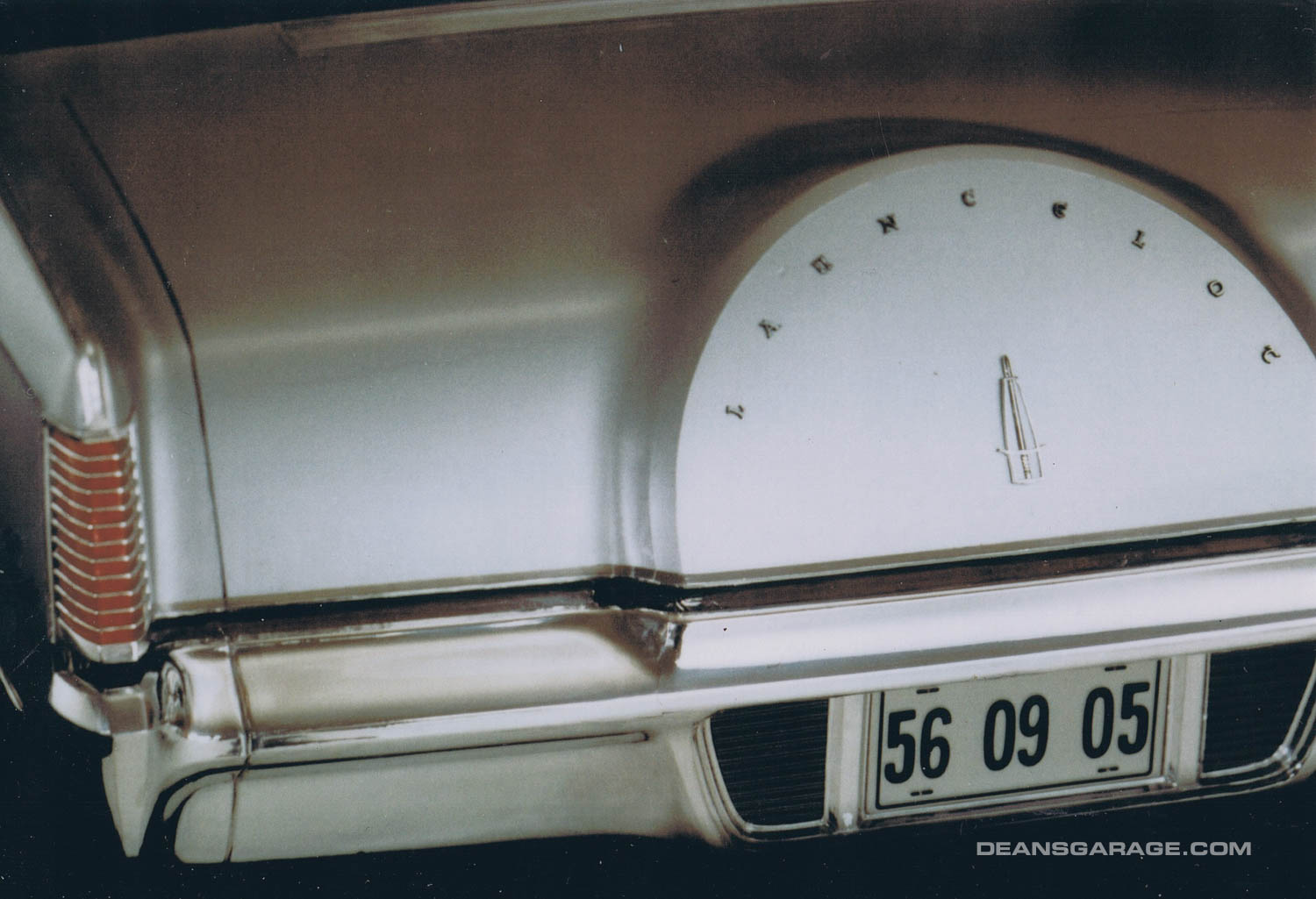
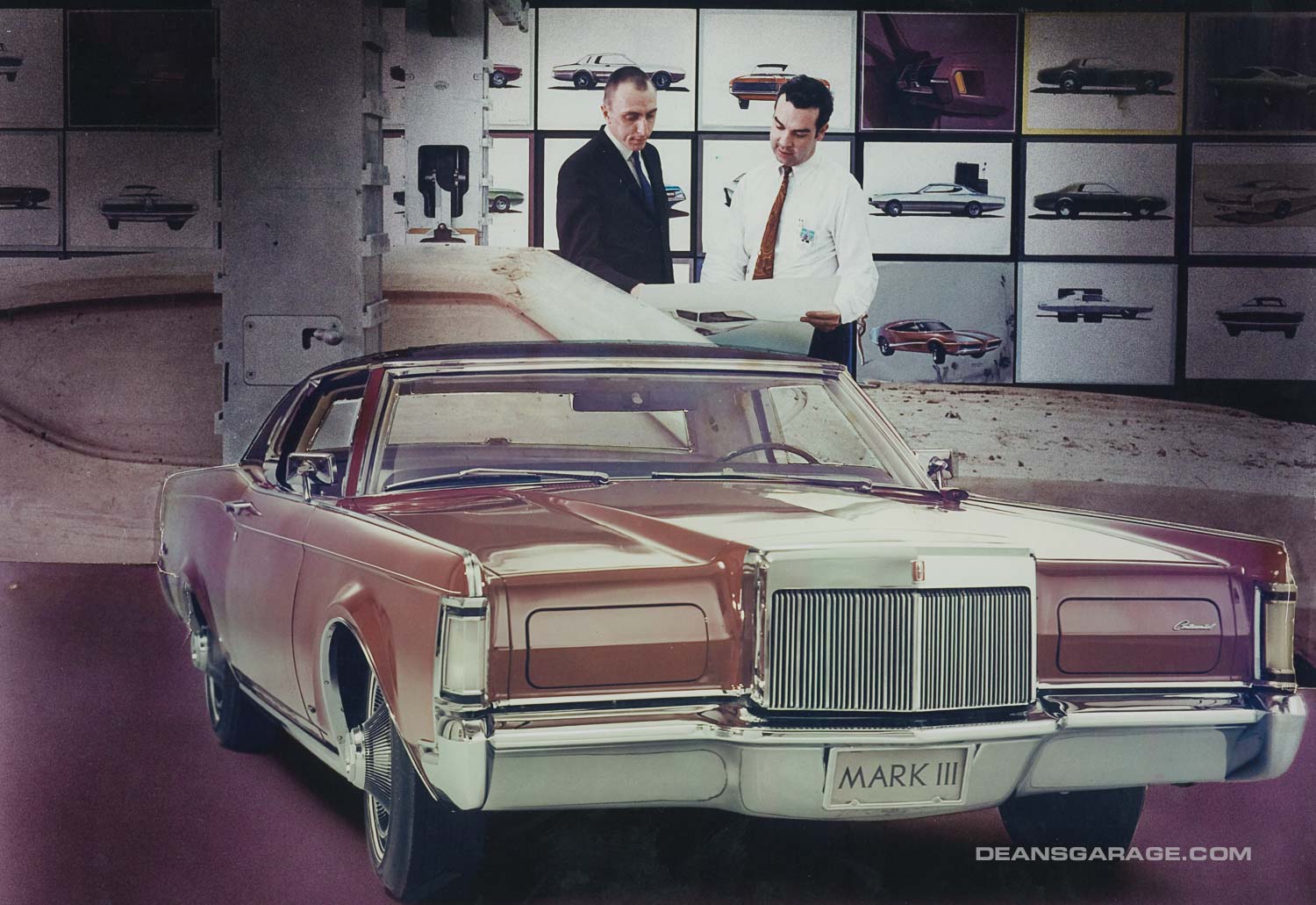
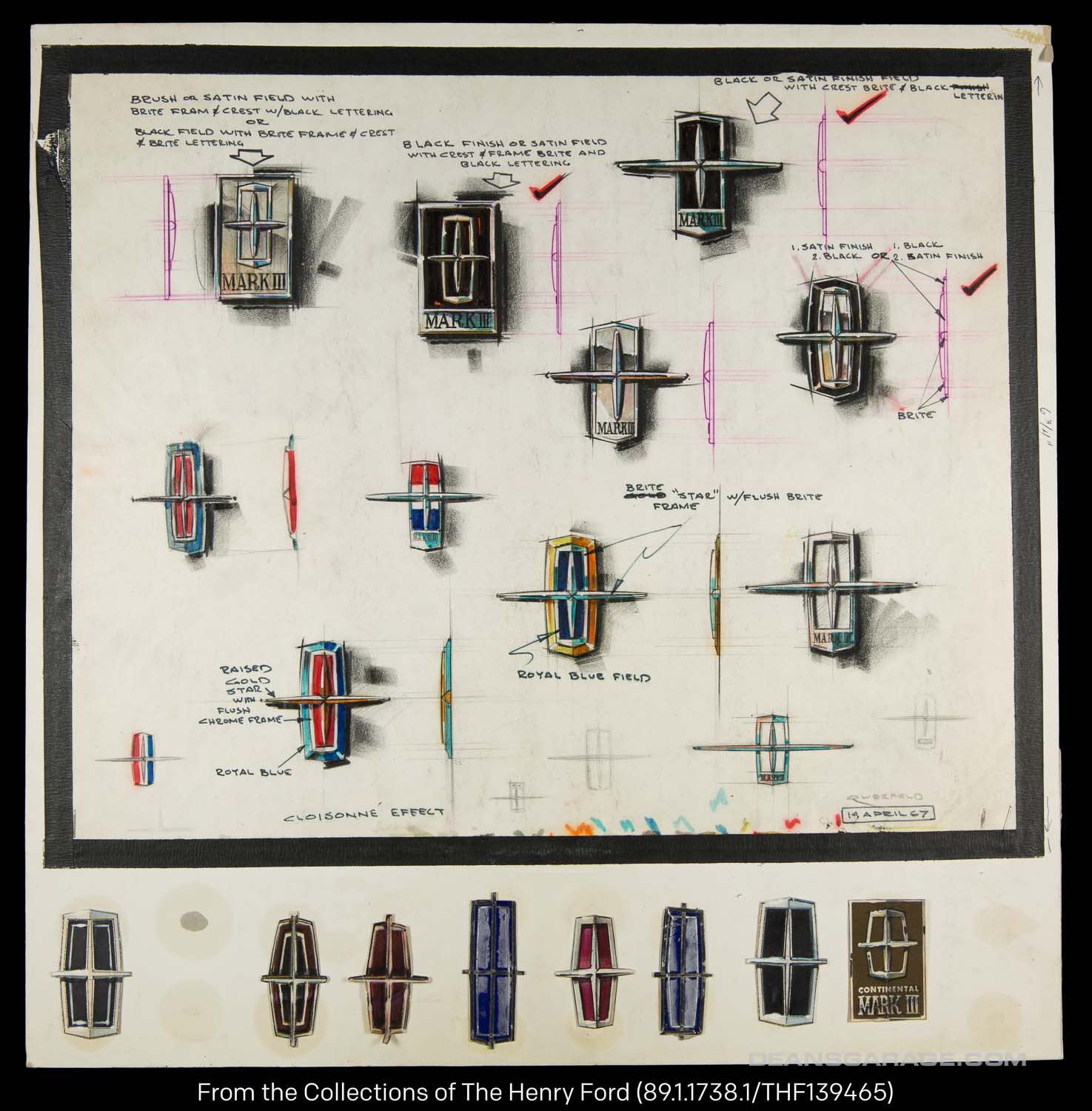
The rumor was that Lee woke up one night with a brainstorm, and called Bordinat at some ungodly hour, asking to have a Rolls-Royce grille put on a Thunderbird body. Your article shows the origin story was lot more complex.
Several of the designs shown (especially the red car) sure look like General Motors products. I see flashes of Buick, Pontiac, and Cadillac there. The Mark III’s grille and trunk lid really stood out to differentiate where Iacocca was going with his thinking. I like the GM-esque designs shown but, in the end, Lee made his Mark, so to speak.
In an interview Bill said as follows:
“The Zephyr sort of got us into this fine grille and catwalk cooling. One of my designers, Art Ross, came up with this more powerful front on the ’41. What I’d do, at night in the studio I’d put a light by the one I’m selling ’cause [Earl] didn’t like to come in [when] you were there. He’d come in Sundays and come around. He grabbed that thing and ran, just like take a fix, and we made [it] overnight. Lincoln and everybody went our way with a strong front–’41 Cadillac.”
So…Ross thought of it, Mitchell backed it and Earl bought it! Typical GM in the best way.
Sorry…I put this in the wrong place. It was for the chap asking about the ’41 Cadillac.
Excellent article, but I hope someday to find out more about Iacocca’s efforts to strengthen Lincoln-Mercury, especially the 1969 full-size sedan program.
I grew up with Lincolns. My family step-father and mom purchased the cars. We had 1961, 1965, 1966 Lincoln continental hard tops.
They bought a 1969 Mark 3 maroon like the one featured in the brochure. I was a 8th grader who loved cars. I was so impressed by that Mark 3.
They bought a new 1972 Mark 4. It was stunning. I was so impressed with the entire car. Both cars, although different, impressed me like no other cars.
As an adult with my own garage I promised myself I would some day own either a Mark 3 or Mark 4.
I am the proud owner of a 1971 Mark 3 and a 1976 Mark 4 Emilio Pucci.
They are exceptional cars, different from one another. I enjoy them both.
I drive daily a 1999 Continental.
Thank you Lee Iacocca for your wonderful ideas for designing wonderful cars!
The cougar in 68 was a deluxe mustang, just something nicer than a mustang for those who wanted one, it was not a personal luxury car. Who writes this stuff
This was an interesting read but I found some of supposed statements of fact a bit too black and white. Some background surrounding them would have been helpful, as would some info on who was running L-M at the time and why L-M management caved to Lee’s interference. I’m sure it wasn’t all that straightforward.
It was ashamed actually I hated it when that they left the individual platform and started rebadging a regular Lincoln with a few chrome badges as Mark .
Ford was great at product placement. An early Mark III was driven by spoofy, secret agent Matt Helm (Dean Martin) and Mark’s were the long-time ride for plus-size P.I. Cannon (William Conrad.) Mark’s were seen a lot on TV. Oscar winner Anne Baxter drove one on Columbo, and even “drove” a Universal Studio mock-up. But…..who can forget the real star of “The French Connection” a very wrll-traveled black Mark III?
Cougar was not a personal luxury car in the 60s. Unbelievable. And we’re supposed to trust this writer?